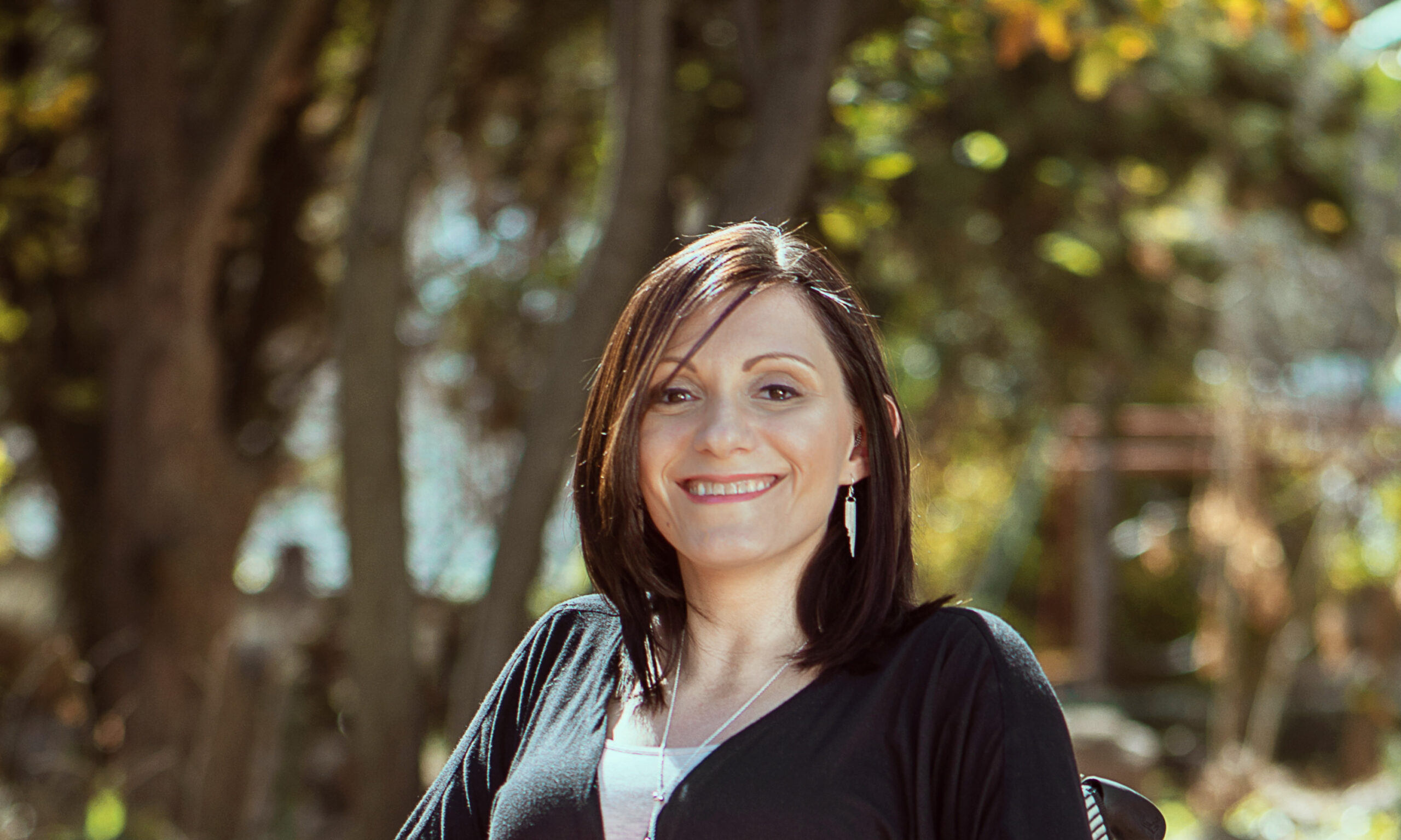I was born with a rare condition called Osteogenesis Imperfecta, also commonly known as Brittle Bones. As a result, I’ve never been able to stand and have always used a wheelchair.
It’s an interesting experience moving around in the world in a wheelchair, a bit like navigating a labyrinth. You can see where you need to go but more often than not, you need to take a more roundabout way to reach your destination. There is always a degree of pre-planning involved, even if it’s just to get fresh milk, I can’t go to the store around the corner because the ramp there is too steep to manage on my own, so I’d rather drive 3km up the road to another store that I know I can manage more easily.
Travelling, going to client meetings and social events (when we still used to do these things) aren’t straightforward either and involve me needing to call in advance to check if the venue is accessible. You quickly realise that accessibility is relative. I’ll be assured over the phone that the building is accessible and when I arrive there is indeed allocated parking and a ramp but once inside, I learn that the meeting is on the second floor and there’s no lift… or disabled loo to boot. In situations like this people will quickly offer to carry me up the stairs or move the meeting downstairs, and even help me into the loo. While I recognize their intentions are good, it is incredibly awkward being that person that has now disrupted things. People with disabilities are accustomed to standing out but the truth is, it’s the last thing we want.
To me, that’s what accessibility stands for – being able to move around freely and independently. It’s not about being too proud to ask for help, I’m the first person to ask for help when I need it. It more has to do with the fact that we want to move as seamlessly as possible in the world with no or very little fuss. If there is one message, I’d want people to take away about the importance of accessibility is that it directly leads to inclusivity.
By building that ramp and disabled bathroom, you’ve just made mothers with babies’ lives that much easier. Or by designing an innovative way that a person with one hand can open a packet of chips, you’ve just made that packet easier to open for elderly people with arthritis and anyone who’s in a rush and multitasking. Improved accessibility begins with greater awareness – a two-way conversation is needed between people with and without disabilities to better understand what is needed to create physical and technological access for all.
